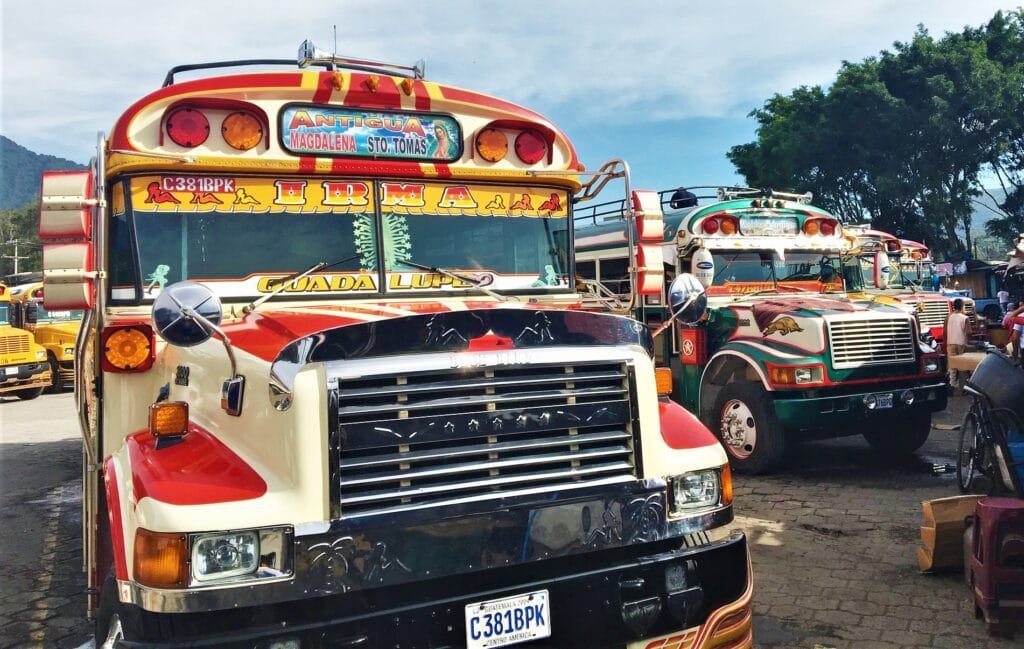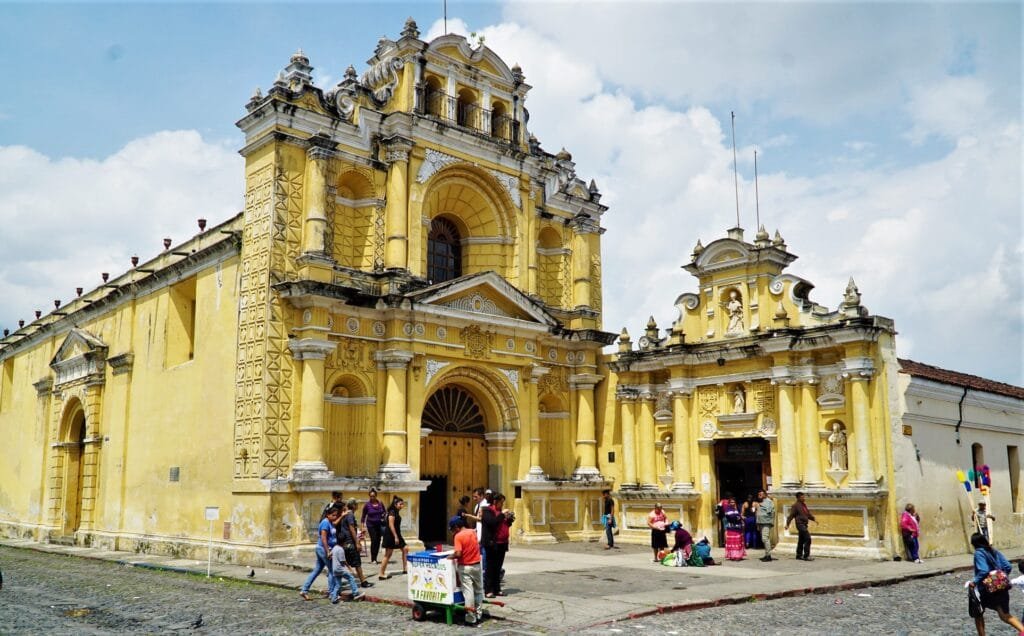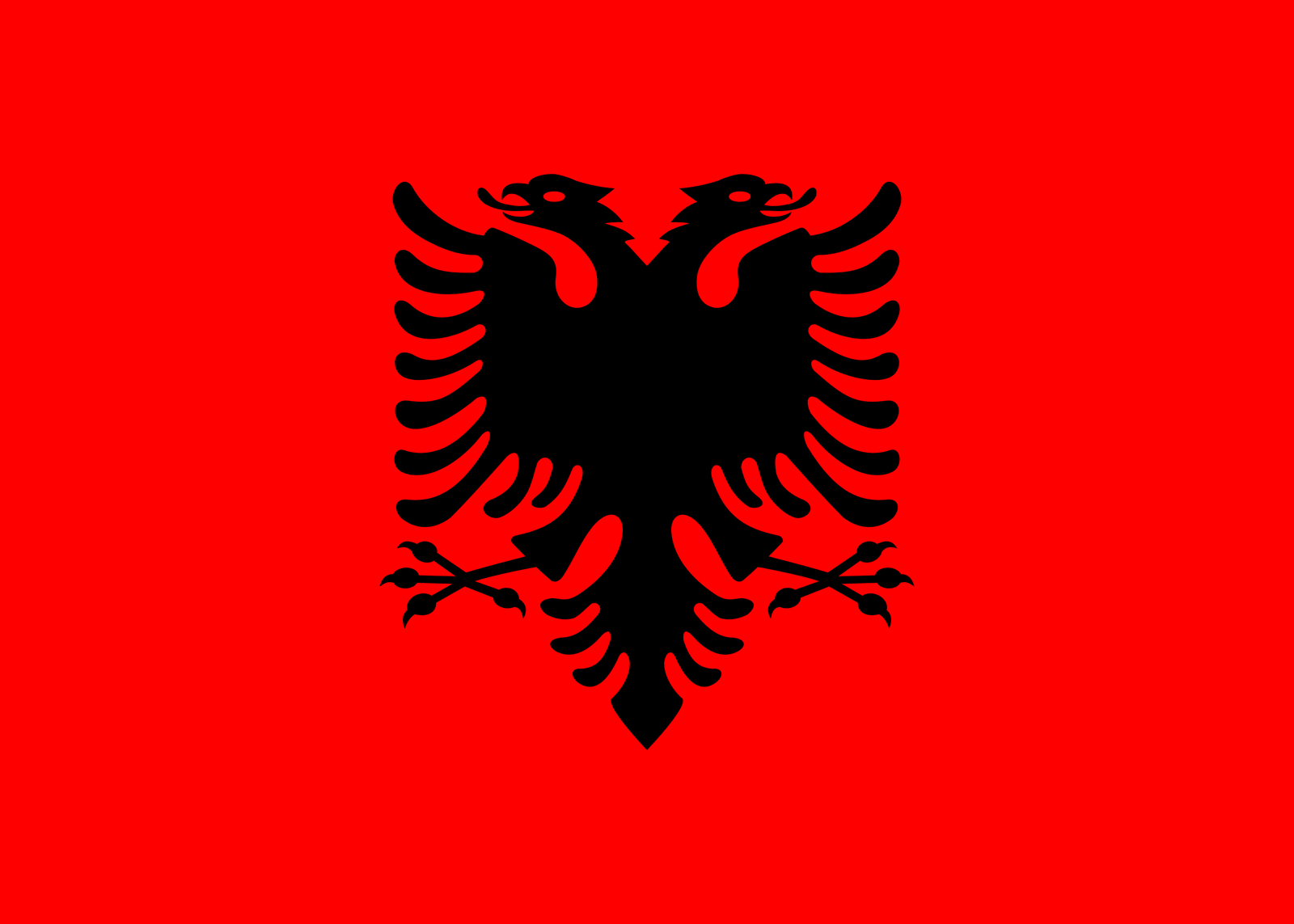“Chicken bus! Chicken bus! Please, stooooppp!!!”
I am running along a dusty street in Jocotenango, chasing a brightly decorated, refurbished US school bus. In my right hand, I have a plastic bag with 25 freshly made corn tortillas. My left hand is desperately flailing in the air, trying to get the driver’s attention. Heavily breathing, Julia is right behind me. The bus finally stops, and we hurl ourselves into this worn-out transportation beast. There are no chickens inside, and the passengers look at us with genuine amusement. Red-faced and exhausted from intense sprinting, we start giggling as we are about to check off one of the musts on any Guatemalan itinerary — riding a chicken bus.
Chicken buses are ubiquitous and are a symbol of Guatemala. Once US school buses are deemed too old or unsafe, they are sold to Guatemala, where they get a second life. After a facelift that focuses more on decoration than addressing technical issues, they are back on the road, transporting everyday Guatemalans. The bus that we hopped on this afternoon takes us back to Antigua — our base for exploring this part of the country. We open the bag and start munching on hot, delicious tortillas.
Two days before our chicken bus adventure, we flew into Guatemala City. Given the capital's reputation as one of the most dangerous places in Latin America and our late-night arrival, we decided not to chance it and took a taxi straight to Antigua.
Antigua is a quaint, colonial town situated in a picturesque location, right at the foot of the towering Volcano Agua. The town is a collection of atmospheric, crumbling buildings reflecting the earthquake that devastated the town at the end of the 18th century. The center is painted in warm pastel colors and has been under UNESCO protection since 1979.


Our first breakfast in Antigua gave us a good introduction to the local cuisine. It's very simple. Rice, beans, eggs, fried plantains. Repeat. We had this combo nearly every day in Guatemala. No, we didn't get tired of it as we had only 6 days in the country, but this dietary routine can surely become dull very quickly. For coffee, instead of aromatic Guatemalan coffee, we were often given cheap, instant Nescafé mass-produced in China, all the while we could see coffee trees growing on the slopes of surrounding volcanoes.
What is Antigua most known for? Probably, language schools. These schools offer Spanish classes and stay with local families, and are as abundant in Antigua as the chicken buses. Because of the low cost of living and the high quality of the classes, foreigners flock here to learn or improve their Spanish. Back in 2017, when we visited Guatemala, my Spanish was nearly non-existent. Had I taken any classes, I probably would've avoided my communication blunder while buying tortillas.
Walking the streets of Jocotenango, a small town near Antigua, we saw an old woman making corn tortillas inside her house. The sign on the door read “Venda tortilla 5x1Q”, meaning “five tortillas for 1 quetzal”. The tortillas looked so appetizing that we wanted to try them. I peeked inside, made eye contact with the old lady, and said “cinco”. She asked me something, but I couldn't understand. I handed her a five-quetzal bill, expecting five tortillas and four quetzals in change. Ten minutes later, she handed me a plastic bag with twenty-five tortillas and no change. Turns out, I couldn't sufficiently explain that all I wanted was five tortillas, not five orders (!) of tortillas. Realizing my mistake, I meekly accepted the order without protest. As we were riding a chicken bus to Antigua and chomping on delicious and hot tortillas, it dawned on me that it was time to get serious about learning Spanish.

Back in our Airbnb, we shared this story with our hosts, who encouraged us to return to study Spanish — the idea that I often toy with these days as I study it on my own.
Our Airbnb hosts were an interesting couple. Maria was in her early 30s, a charming, petite Guatemalan with beautiful dark hair. Olaf was tall and slender in his late 50s, although his age barely showed. Olaf shared his story of work burnout in his native Norway, where he had worked 20 hours a day in the oil industry. One day, he divorced his wife, quit his high-stress job, and moved to Guatemala to live at the foot of a volcano. He met Maria on the first day in town when he went to a local club to dance salsa. After many nights of dancing, they moved in together and opened the Airbnb shortly thereafter. Olaf told us that he enjoyed Guatemala’s slow pace of life, although he still occasionally traveled back to Norway to visit relatives. During our stay, the other room in the Airbnb was occupied by his adult son, who came to Guatemala with his girlfriend for a visit.
One of the most popular activities around Antigua is hiking the nearby Volcano Pacaya, one of Guatemala’s 37 volcanoes. On our second day in town, we took a minibus to the foot of the volcano, from which we hiked for about an hour to a viewpoint. Our guide told us that the volcano was still active, although the last intense eruption occurred back in 2010. The volcano looked dormant and only occasionally puffed with smoke. The views were dramatic because we could see, in addition to Pacaya, three other volcanoes in the distance: Agua, Fuego, and Acatenango. As we marveled at these gorgeous symmetrical cones covered in verdant greenery shooting up in the sky, little did we know that one of these perfect cones would bring death and destruction only a year later.
On June 3, 2018, almost exactly a year later, Fuego suddenly and violently went off, claiming the lives of at least 200 people in a matter of minutes.


After savoring the views, we reached a lava field, where we walked on warm lava rocks. The landscape around us looked as if we had landed on some distant planet. Incredibly, in the middle of the lava field, there was a gift shop where one of the items for sale was… well… lava rocks. If I ever need to hire a salesperson, I would certainly pay attention to the resumes claiming, “successfully sold lava rocks in the middle of a lava field”.
At some point, our guide stopped and retrieved a bundle of wooden sticks and a bag of marshmallows from his backpack. He then found a hole in the ground and invited us to roast marshmallows using the heat from the lava field. Although the activity was surely touristy, everyone in our group joined in and had fun acting like kids again.
Exploring Guatemala was one of our favorite short trips, and that often serves as a reminder to us that there is more to Central America than our beloved Mexico. Because we liked Guatemala so much, our upcoming two-week, end-of-the-year trip this year is to Guatemala’s neighbor, El Salvador.
P.S. This is our last post in 2021. Thank you for being with us. See you all in 2022!


